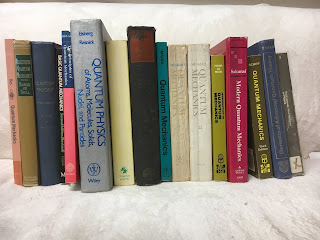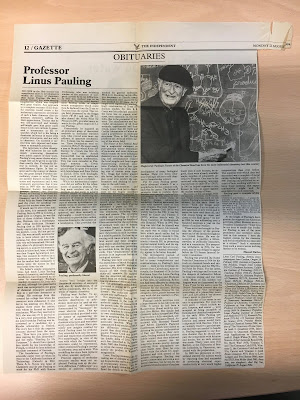Part of my trip to Japan involves visiting a Surrey undergraduate MPhys student who is on his Research Year placement at the Radioactive Ion Beam Facility at RIKEN, just outside Tokyo.
The student, Richard, is working on the Rare-RI Ring[link to open access paper on the apparatus], a storage ring in which very unstable neutron-rich isotopes are injected, following their creation at the production target. Here, by measuring their cyclotron frequency, their masses can be deduced. Ultimately, good knowledge of these masses is important to understand the r-process of nucleosynthesis which takes place in (probably) colliding neutron stars and certain kinds of supernova. Richard's task it to work on a replacement for one of the detectors which detects the precise location of the ion beam for one which perturbs the flight of the particle less as it makes the measurement, and hence increases the accuracy.
Here in the picture is Richard standing by the detector, where he is currently spending his days making measurements to characterise how it is working.
As well as his work, Richard has been enjoying getting to know Tokyo at the weekends.
As well as his work, Richard has been enjoying getting to know Tokyo at the weekends.






